About Us
FAQ
The study area is based on the Traditional Notice Area of Fisher River Cree Nation. The study area also includes traditional territory of Peguis First Nation and Kinonjeoshtegon First Nation and possibly others.
The study area contains three watersheds that are comprised of 11 subwatersheds identified in the Feature Maps section. A watershed is the area or region that drains into a particular stream, river or lake.
FRCN’s Traditional Notice Area for consultation was identified through extensive research and consultation with elders, traditional knowledge holders, hunters, fishers, trappers and other resource users. This area is only a small portion of the vast area that has been used and occupied by the Fisher River Cree Nation for centuries. The Notice Area boundaries were set for purposes of implementing the consultation protocol agreement between Manitoba and Fisher River Cree Nation.
It depends. If a new provincial park is established you may (or may not) need to buy a park pass or permit to use the area. If a wildlife management area is established, no pass will be required.
Once a draft conservation plan has been developed based upon comments from area residents and stakeholders we will be able to address this question more specifically.
The purpose of this engagement process is to determine which areas should be protected in the region.
- 30x30 is simply a goal, backed by scientists.
- 196 countries, including Canada, have committed to this, making it the largest conservation effort in history. The Manitoba government has pledged to reach this goal. Currently, only 11% of the province is protected.
- Many other conservation groups in Canada, the Canadian Wildlife Federation, Ducks Unlimited Canada, the Nature Conservancy of Canada, and the Manitoba Habitat Conservancy, have publicly endorsed this goal.
- Environment and Climate Change Canada
- Manitoba Habitat Conservancy (formerly Manitoba Habitat Heritage Corp)
- Fisher River Cree Nation
- Kinonjeoshtegon First Nation
- Peguis First Nation
- Canadian Parks and Wilderness Society, Manitoba chapter
Eco and cultural tourism are among the fastest growing industries in the world. The Interlake is already one of Manitoba’s most popular tourism destinations because of its beaches, cottages and many opportunities for hunting, fishing, bird watching and camping. New parks and/or protected areas would draw more tourists. Protected areas would also serve as breeding grounds for the wildlife which attract tourists.
The area is also important for protecting commercial and recreational fishing in Lake Winnipeg. The forests and wetlands serve as filters for damaging nutrients which are responsible for the algae blooms that sully the water and shoreline.
As the initiative will also serve to indicate where conservation designations will not be placed, industrial resource extraction companies will have increased certainty regarding what areas may be options for their activities in the area.
We are seeking comments from area residents and other stakeholders so we can ensure that the conservation proposal is tailored to the region’s particular needs.
We want your help to determine where conserved areas should be and whether some parts of a zone, or area within a zone, should be excluded from protection.
Comments will be shared with the Manitoba government and may potentially be used in promotional materials. Names and comments will not be shared publicly without permission from the provider.
During Round 2, we will ensure Manitobans have an opportunity to comment on the draft proposal. After this engagement process is complete, we will produce a final conservation proposal informed by the comments. We are currently presenting the draft conservation proposal to communities and stakeholders, which includes the general public, for comment. We will then refine and finalize the proposal based on what we heard.
Once the final conservation proposal is ready, we will begin negotiating with Crown governments. During this time, we will continue engaging with groups and individuals if they have questions or concerns. Any of the proposed areas that the Manitoba wishes to proceed with will be subject to its own public consultation before decisions are made about establishing conservation designations.
This initiative is led by Fisher River Cree Nation, Peguis First Nation, and Kinonjeoshtegon First Nation—CPAWS Manitoba are simply helping to coordinate efforts.
CPAWS Manitoba is helping the three nations with this initiative because we are a Manitoba-based organization with regional experts who live, work, and play here. CPAWS Manitoba are responsible for raising their own funds. While they receive some government grants, most of their funding comes from individual donations and foundation grants. As a registered charity, they operate independently and transparently, with a 5-star rating from Charity Intelligence Canada.
Learn more about CPAWS Manitoba as it relates to this initiative at https://cpawsmb.org/campaigns/conservation-areas-initiative
